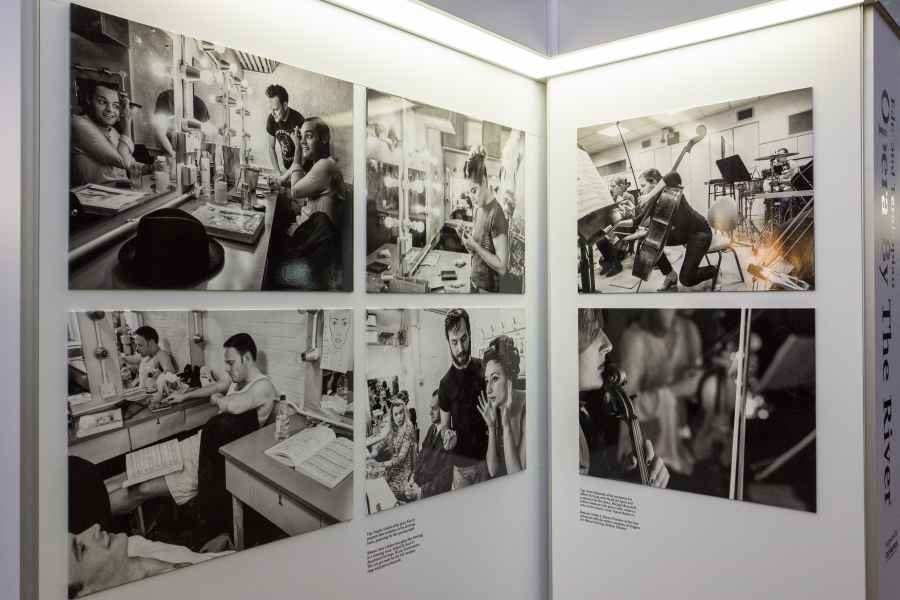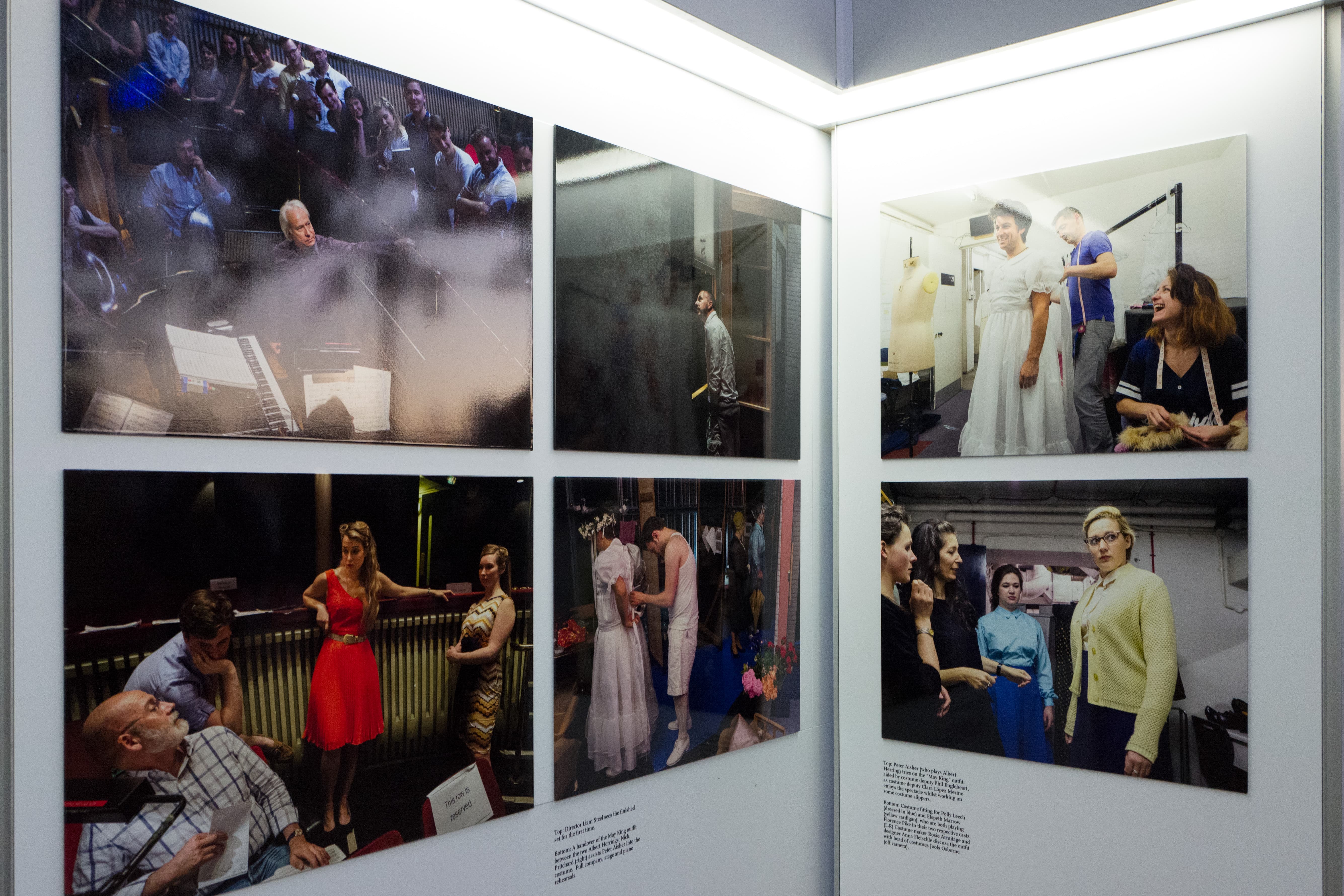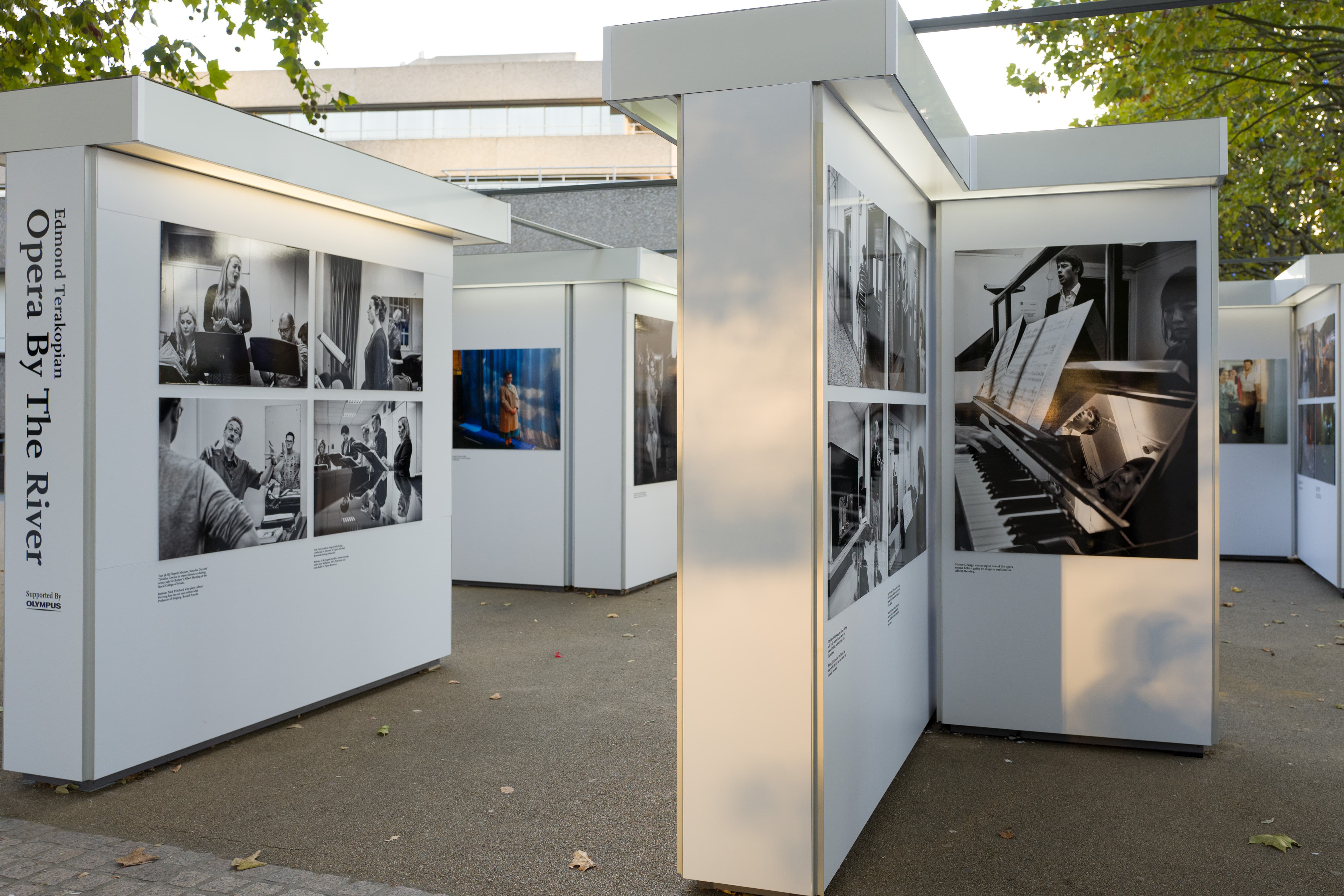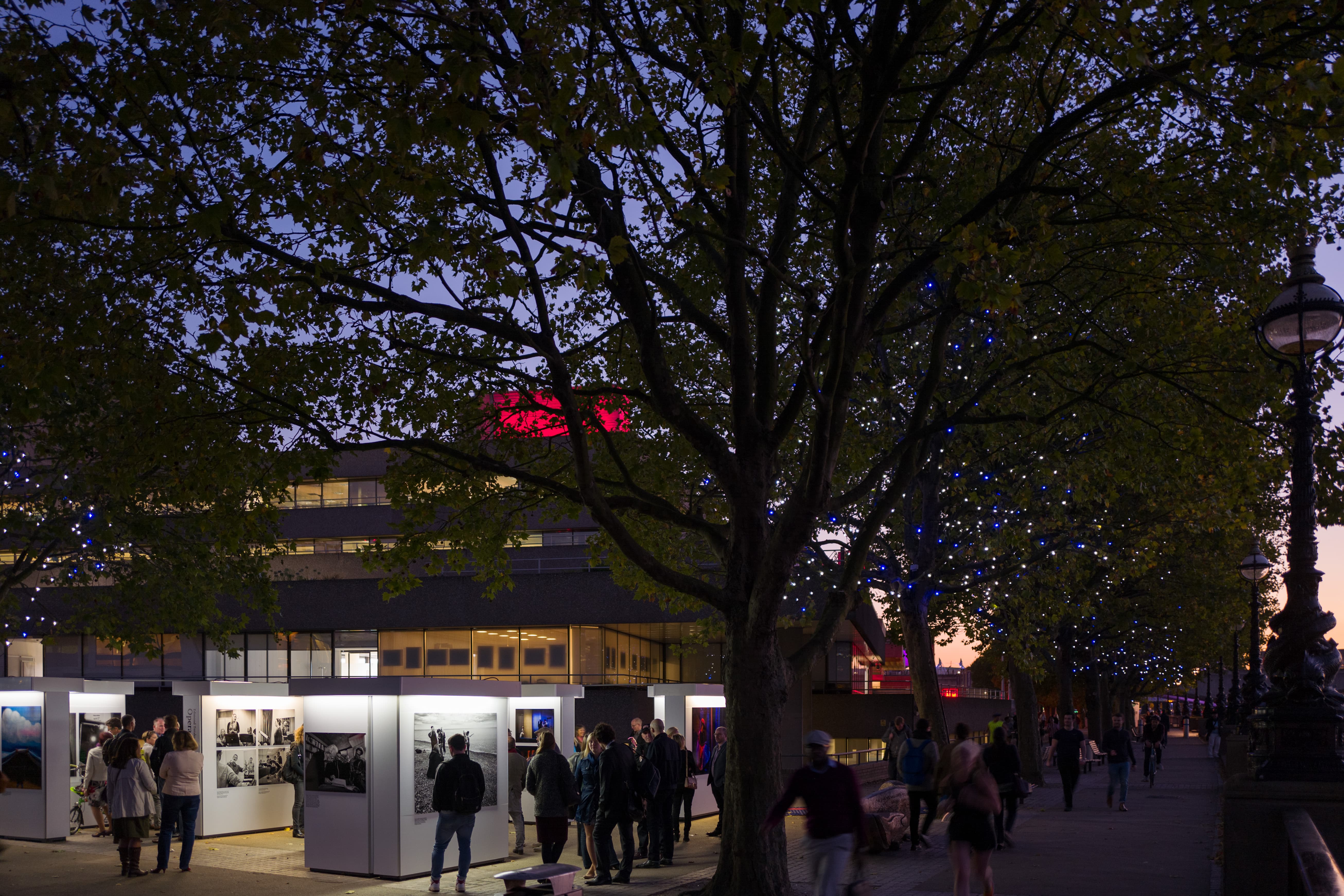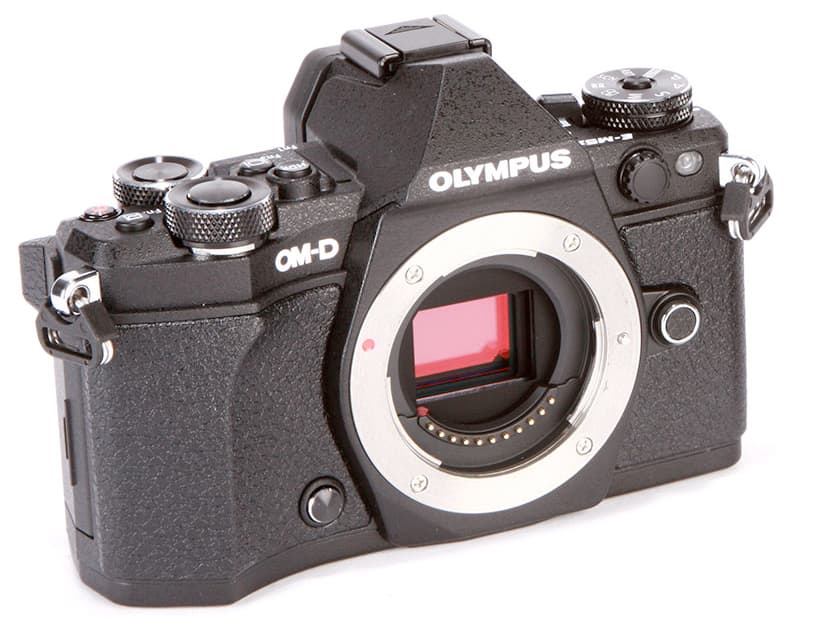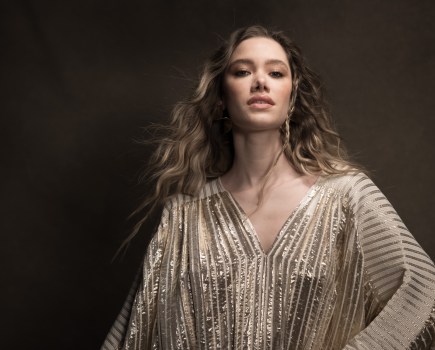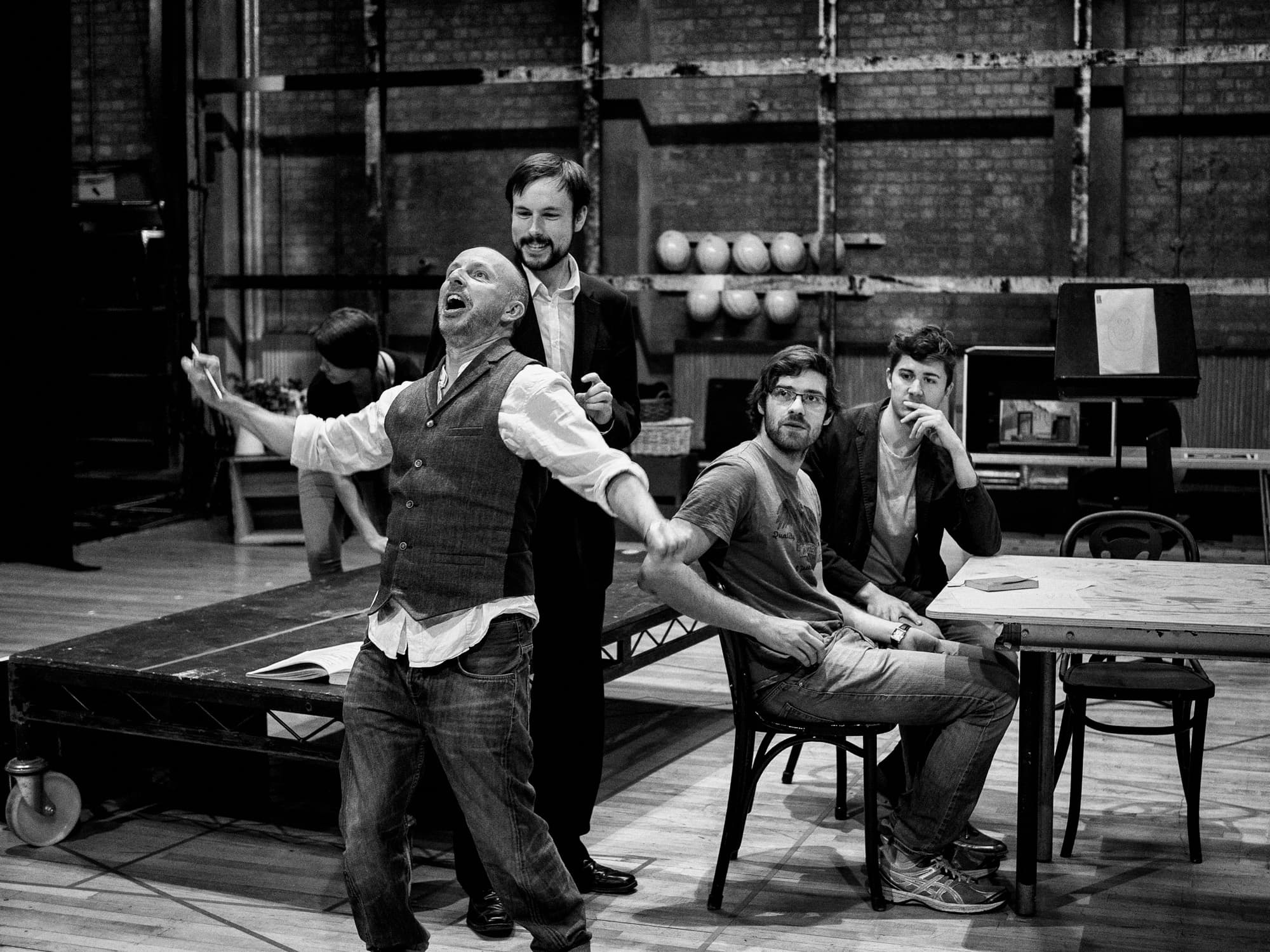
The essay spans the seven-month production process of the students’ performance of Albert Herring, an opera by Benjamin Britten, performed at the Royal College of Music where Britten himself attended.
The essay is currently being showcased in a free outdoor installation, Opera by the River, held at the Riverside Walkway, South Bank, London from 30 September – 11 October, 2015.
We caught up with Edmond while the show was in the final stages of preparation.
Can you tell us how this all came about?
I had been yearning for a while to shoot a long-term project. I just needed to find the right subject. In mid-2014 I met the assistant director of opera at the Royal College of Music by chance when he came to one of my workshops – We got chatting and came up with the idea of doing something on the college.
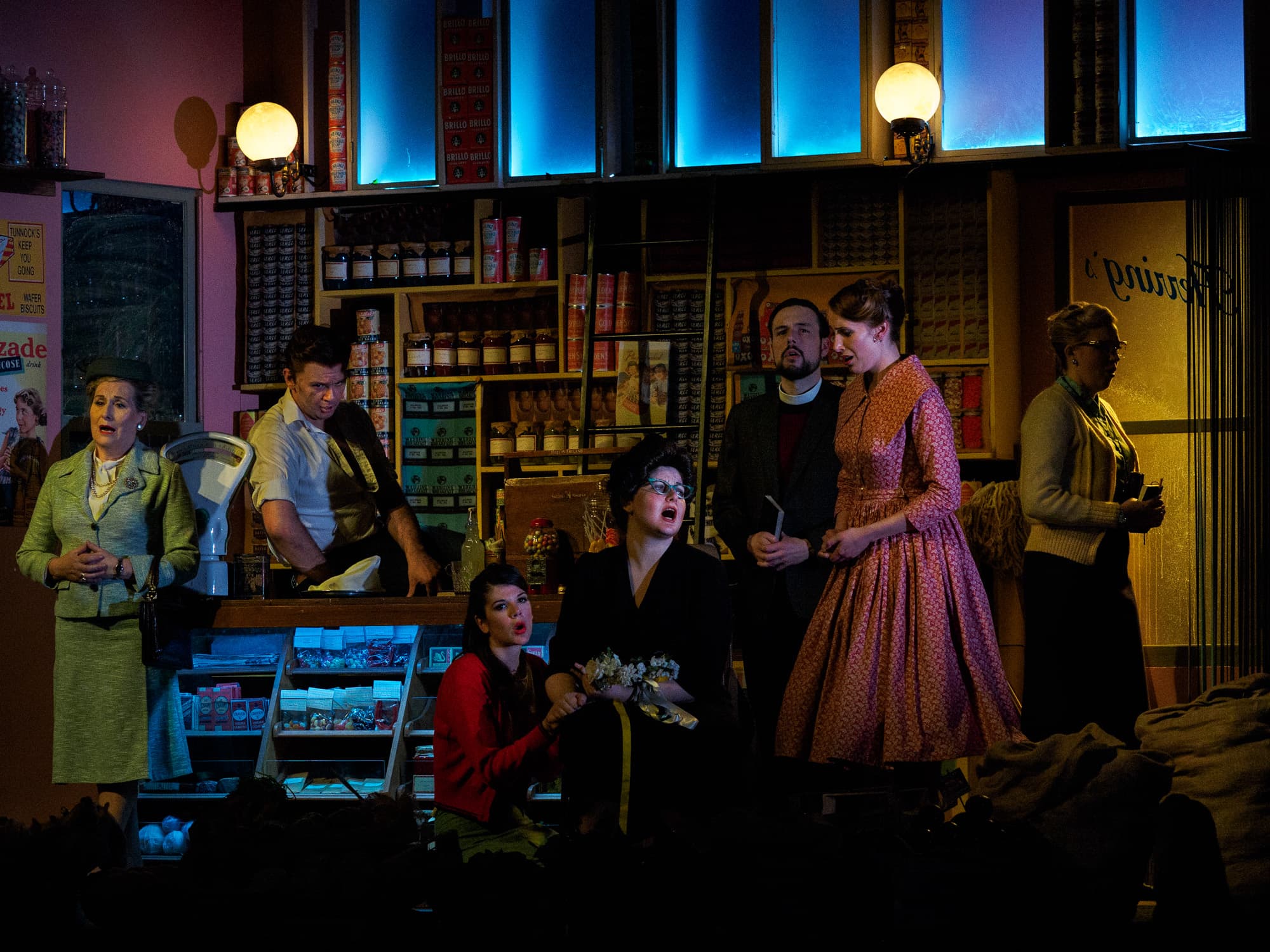
Going into the project, what were you hoping to capture?
As a piece of photojournalism, it was very much driven by what actually happened. I put together a list of things I wanted to photograph, such as auditions, rehearsals, dress rehearsals, costume fitting, and so on, but so far as having any kind of imagery in mind that I wanted to shoot, absolutely none. Not a single picture in the exhibition has been set up in any way.
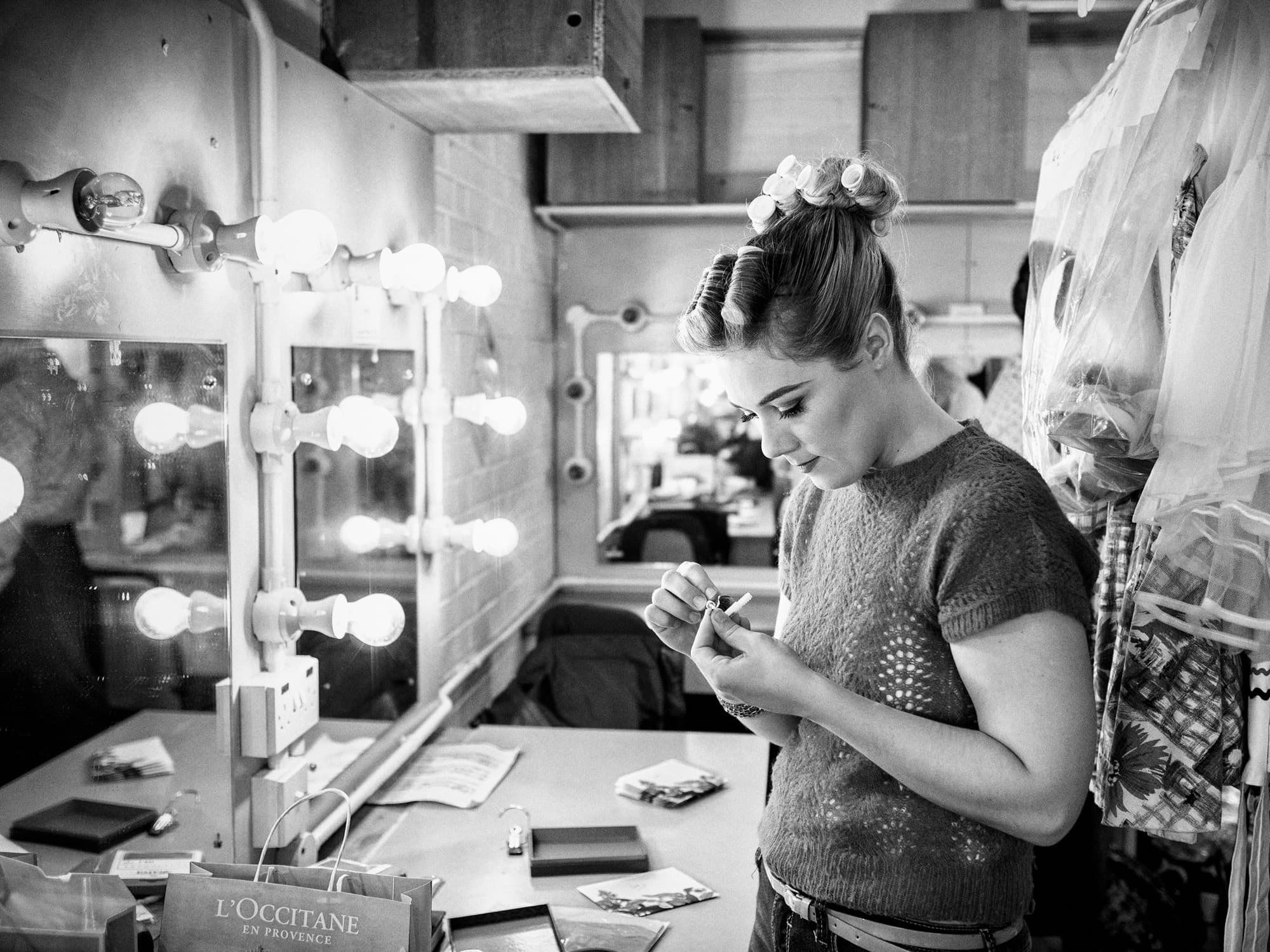
How did the students react to what you were doing?
I think some thought it a bit strange as it’s very out of the norm, but as I started going to more rehearsals and having conversations with people about what the project entailed they were really excited.
I work very close up, so a good photojournalist will slowly try to fit in, to a point they’re no longer noticed. I often get occasions when people see pictures of themselves and say ‘I didn’t even notice you were there,’ which is brilliant.
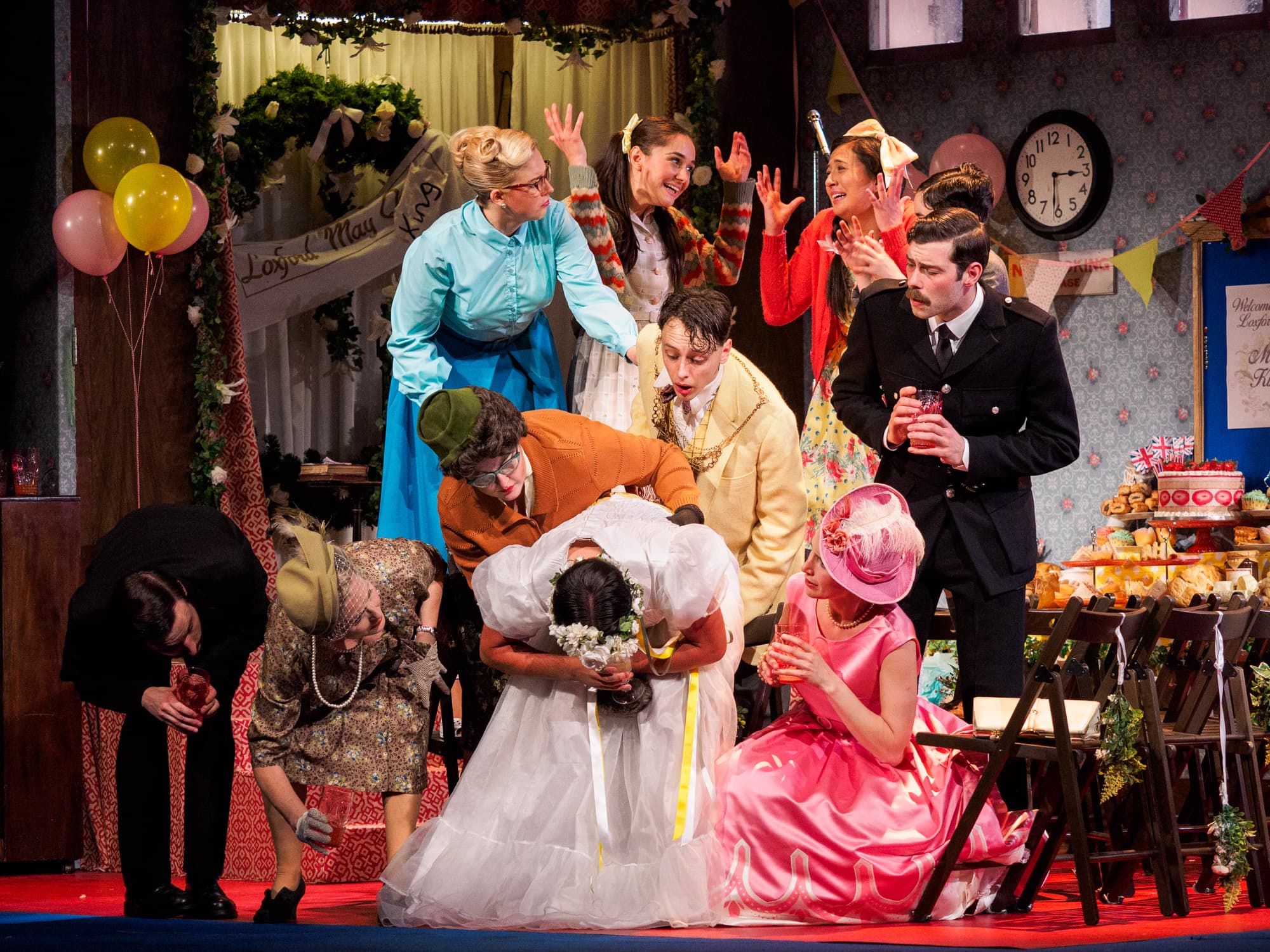
Were any conditions you found challenging to deal with, e.g. low light?
In the opera rooms, where the rehearsals took place, the lighting was awful fluorescent tubes. Also backstage, the lighting was atrocious because it’s supposed to be pitch black, or a variation of, so that was challenge.
After the first two dress rehearsals I realised I needed faster lenses to cope. I went online and ordered a couple of Voigtländer Nokton lenses. They have a fast aperture of f0.95, so then I could shoot comfortably at 4,000 to 5,000 ISO, backstage, using shutter speeds of 1/50th of a second.
My favourite images came from backstage, from people resting, waiting for a cue, or just hanging out psyching themselves up to go on.
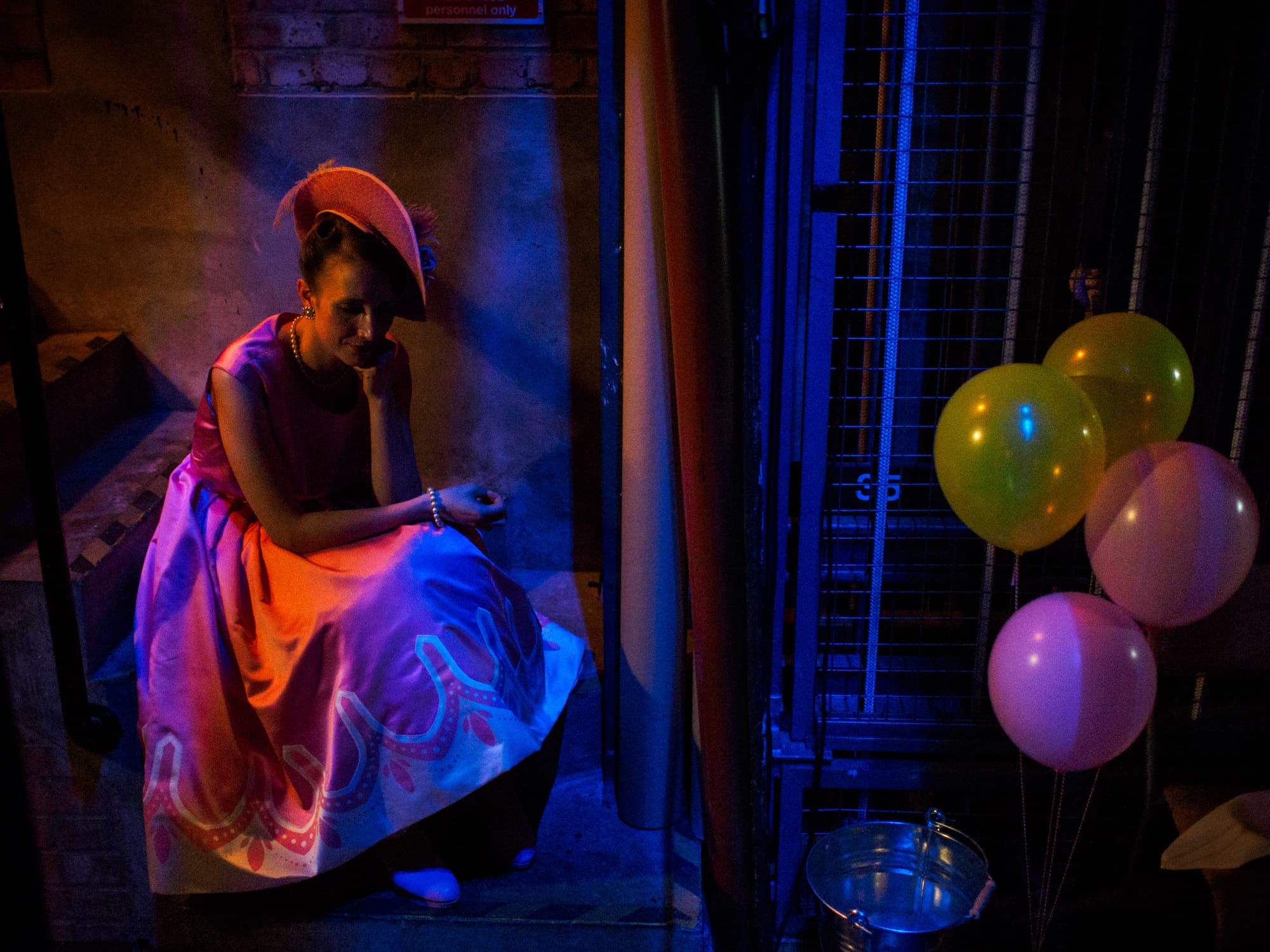
Your final images are a mixture of colour and black and white photographs, what made you choose both?
When I started in newspapers we were shooting in black and white, and I think the language that I speak best is probably black and white.
To me, during the shoot, there were certain images that were definitely black and white, and others that were definitely colour. In a normal exhibition, on a wall, you wouldn’t mix the two because they would become jarring, but because we’re creating an installation, we designed it so you have a mixture.
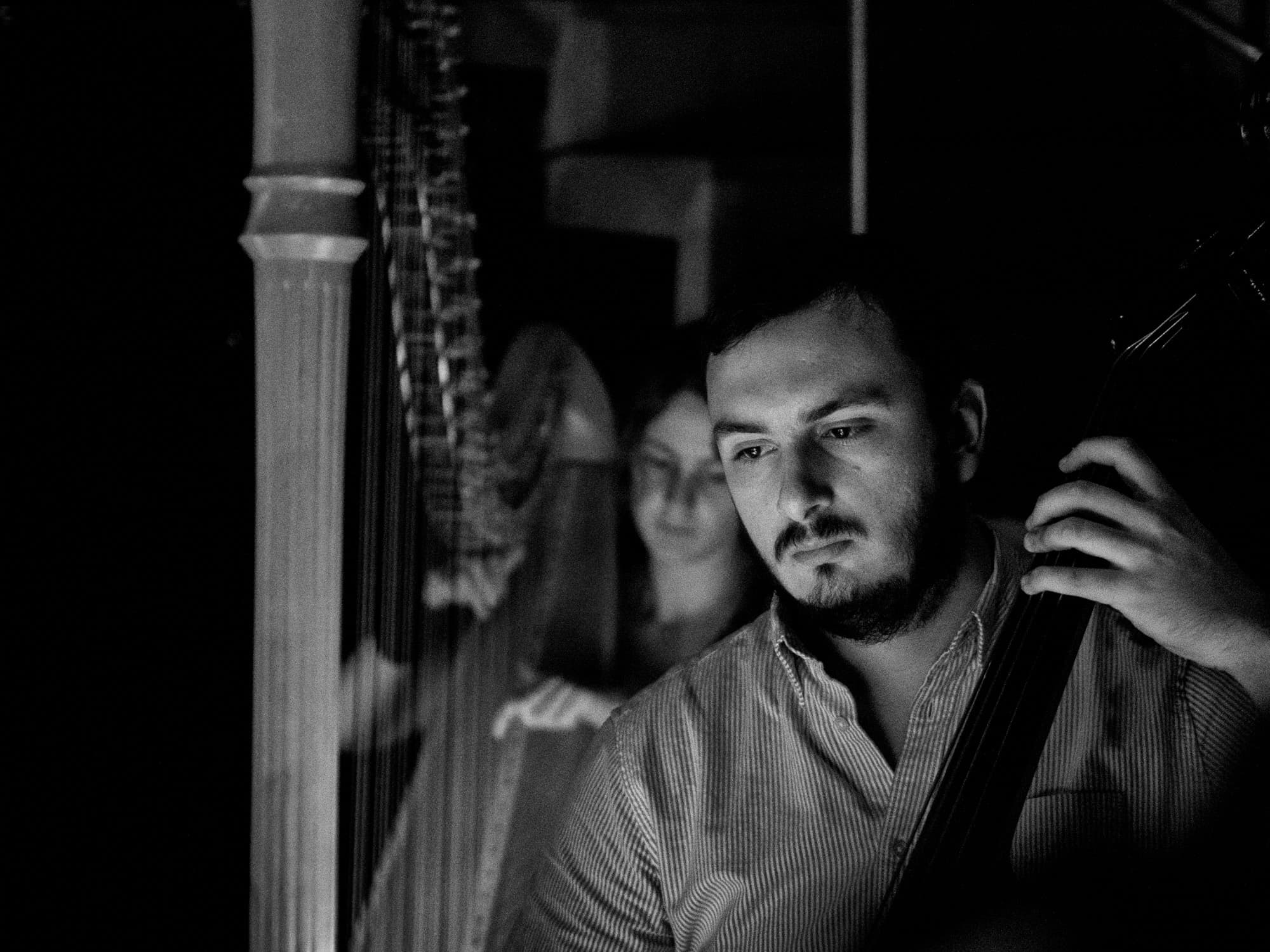
Can you tell us more about the installation?
It’s going to be eight L-shapes, two metres tall and two metres wide – they’re pretty big. It’s kind of like a maze – you can wander through and see different things.
Each unit is hand-built from scratch out of wood. Each one has half a ton of sand ballast to keep them still. It’s a big, big process.
How did you choose the location?
The only place I ever thought of for the exhibition was the South Bank. For two reasons: one, you’ve got all these theatres, and that buzz of creativity and art around the whole area. The second is that I wanted to have an open air exhibition, because it attracts so many more people.
The footfall for the time the exhibition is on we’ve calculated at 350,000 people, which you would never get in a traditional enclosed gallery. For me that’s important, not just because it’s my work and I want people to see it, but so they get to understand the process of putting on an opera and hopefully be attracted to experiencing opera.
How did you choose the final images?
From January to July I shot 31,794 pictures, which were finally edited down to the 62 images used in the show. It was about two months’ solid work of editing.
Editing is the laborious part, but it’s important to do it properly because you can miss real gems, and as a result, seven months’ work isn’t as good as it could be.
But also, when editing a photo essay, it’s about how pictures work with each other. Occasionally you might miss out a great photograph, even if it’s stunning, because it doesn’t fit in with the others.
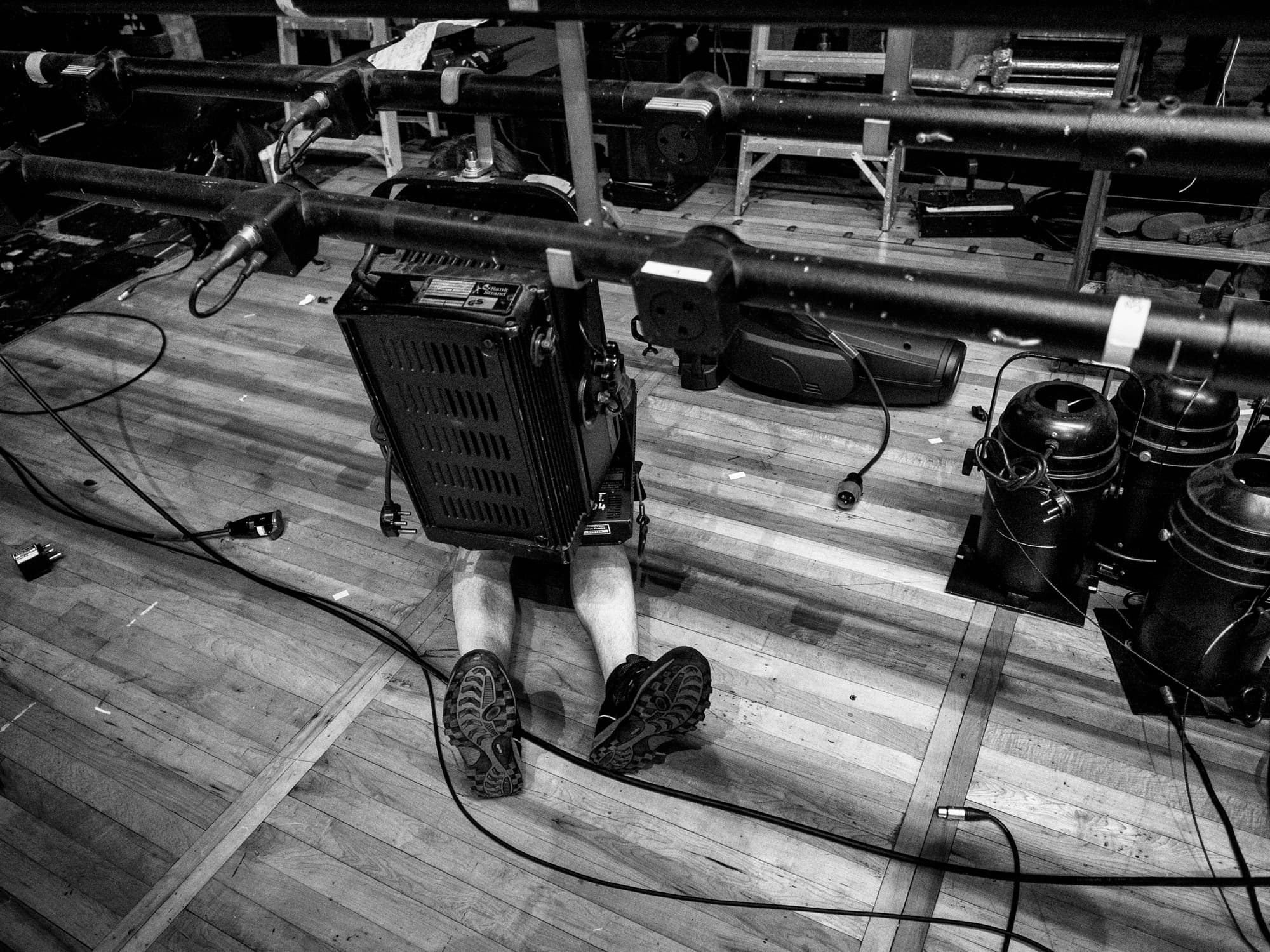
You’re also a successful videographer. Did you ever consider doing any filming of the processes?
I toyed with the idea of doing some video and dismissed it very soon. Even though these days we can use the same equipment to shoot pictures and video, the mental approach for each is completely different. As soon as you mix the two, the best you’re going to get is mediocre pictures and mediocre video.
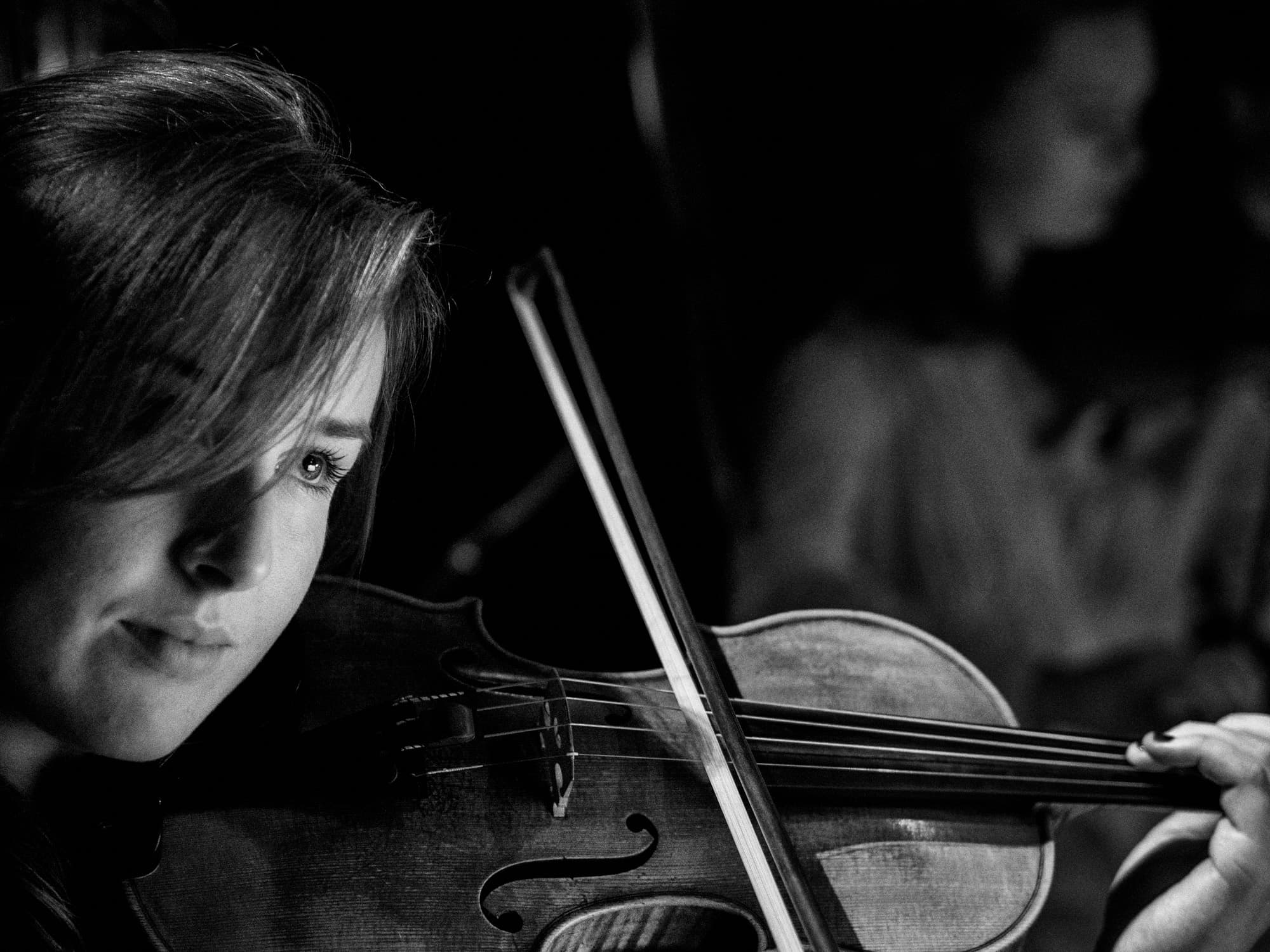
Essentially you’re trying to capture a musical/theatrical process in a still image – did it present any challenges capturing what was going on?
It can be tricky. What I look at are the dramatic expressions or dramatic body gestures, where you can almost feel that person singing, crying, acting or whatever they’re trying to convey.
It’s the same if you look at conflict photography – you can’t hear the explosions, you can’t smell the burning, you can’t really feel people’s loss, but if it’s a powerful image, it conveys all that to you. That’s the beauty of photography: if it’s done properly it can convey a multitude of things.
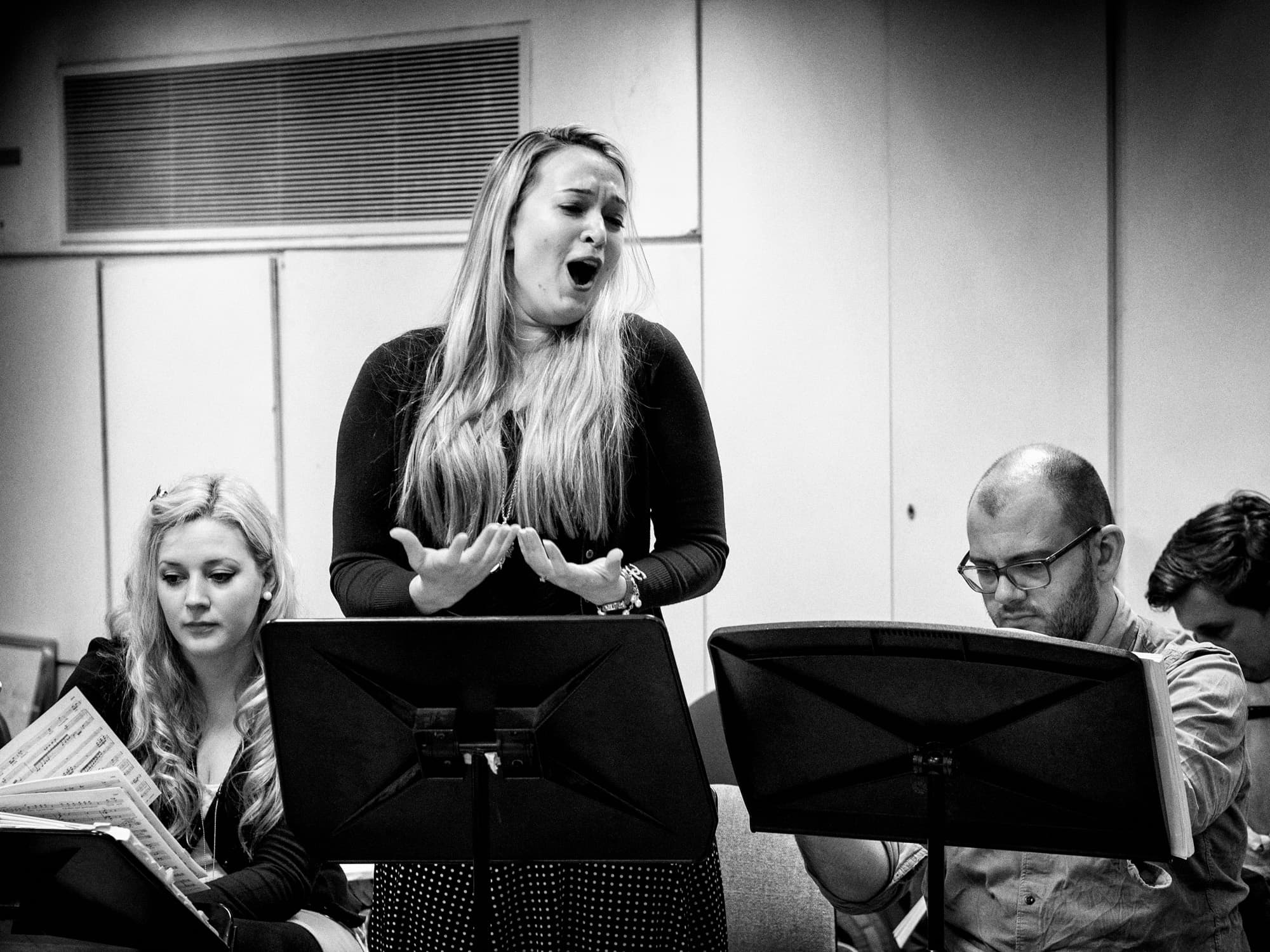
Equipment used
Cameras
The majority of the essay was shot on the Olympus OM-D E-M5 Mark II, with about 10% also shot with using a Olympus OM-D E-M1.
“The main reason for choosing the E-M5 Mark II is that it was so quiet that I could really get very close to the musicians and it didn’t put them off because they couldn’t hear the camera clicking away. It was unobtrusive and very, very quiet.”
Main lenses used
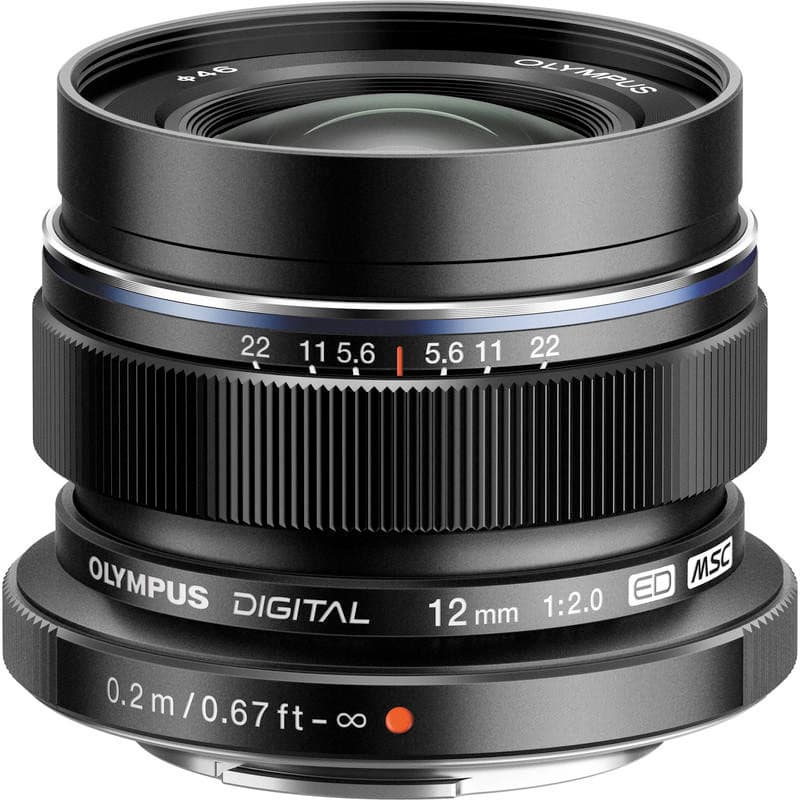
“This was the lens I used the most – it gives you an idea of just how close I like to get to the subjects.”
- Olympus Micro Zuiko 12mm f/2
- Olympus Micro Zuiko 40-150mm f/2.8 PRO
- Olympus Micro Zuiko 17mm f/1.8
- Olympus Micro Zuiko 25mm f/1.8
- Voigtländer Nokton 17.5mm f/0.95
- Voigtländer Nokton 25mm f/0.95
Edmond says:
“When I realised how dark backstage was and that I just couldn’t shoot with the lens apertures I had, I got two Voigtländer Nokton 17.5mm f0.95 and Voigtländer Nokton 25mm f0.95, which let me work without any kind of limits in the darkest and dingiest corners of the stage.”
Other equipment:
FLM Monodpod with a FML ballhead
ThinkTank bags and pouches on a belt

